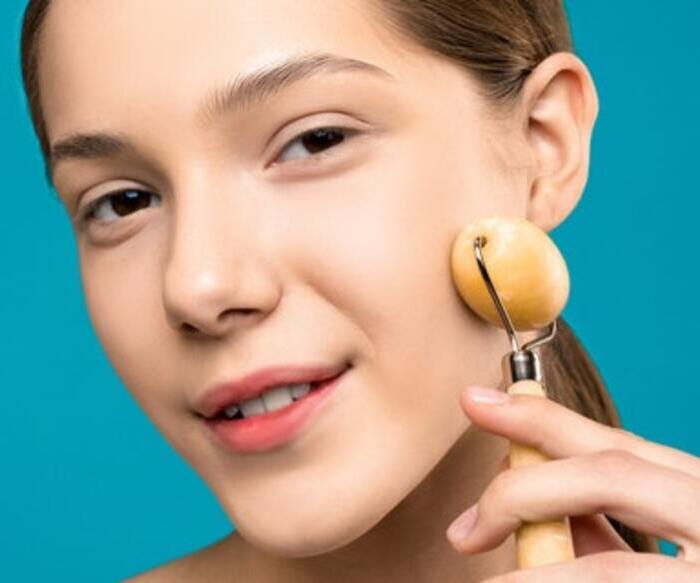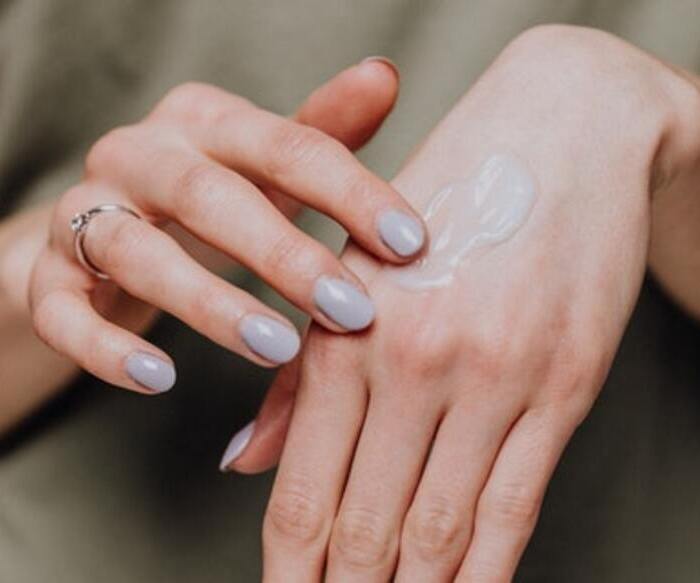Cosmetic Enhancement and Aging

Obsession of a youthful look has become prevalent in western culture and has led to an upswing in cosmetic treatments that aim to counteract the aging process. Selectively review the literature on ageing and plastic surgery, With particular regard to the aging of the face.
We pay attention to the psychosocial aspects of the response to such cosmetic procedures, both in terms of outcome and in terms of risk factors for poor outcomes. Modern western culture is fascinated with accomplishment, vitality, and beauty. Since the latter half of the 20th century, Well known beauty habits date back to Cleopatra’s milk baths, the use of kohl to darken and highlight the skin, vegetable colors on the cheeks and lips, and hair adornments. Historically, individuals have also experienced intense pain and danger to adhere to traditionally dictated modes of appearance including binding of the foot, ceremonial tattooing, and body scarification. A factor contributing to the 21st Century obsession with beauty and perfection has been the significant development over the last two decades of the way the body (especially the female) has been presented in mass media and portrayed in advertising.
The media is a major force in persuading women, in particular, that they are inadequate unless they package and present themselves in certain culturally sanctioned ways (Ring 2000).
This has given rise to increasingly impossible standards of beauty, which have gradually become more unrealistic and unattainable.
While beauty traditions have predominantly been the realm of women, both sexes traditionally went to great lengths to beautify themselves.
For example, in pre-Revolution 18th Century France, the Parisian lady and her male equivalent
all wore highly polished noses, painted nails, fake hair and wigs, and high heeled shoes.
“Haiken (1997) has indicated that North American society becomes highly visual with heightened.”
– Haiken 1997

Ideals attached to women’s looks during the time after the Second World War.
The rise of Hollywood movie stars and the inclusion of fashion models in film, television, and the print media helped to make “ideal” photographs available to greater numbers of people and to have a greater effect on the pub. Appearance became a focal point for women and the pursuit of beauty was worth the time, money, and in some cases, the pain.
Throughout the latter part of the 20th Century, advances in medicine and diet, combined with a growing understanding of individual healthcare, have allowed people to live longer, better, and more prosperous and active lives.
As the population grows, more people are finding means of improving their image for personal and professional purposes.
Beauty and youth are becoming major determinants of economic stability, and to look well groomed and confident, and stay viable in the workplace, middle aged women, particularly, started seeing the increasing speciality of cosmetic surgery as a remedy to the “tyranny” of middle age.
A 1958 research (Edgerton et al), found the average facelift patient to be a married, upper-middle class, socially engaged woman who was grateful for and excited about their enhanced appearance.
The preoccupation with beauty stretches through the life cycle with each level causing distinct. psychological responses to the body (Goin and Goin 1981). (Goin and Goin 1981).
However, the lack of youth and the onset of middle age (between 40 and 60 years) are important because of negative perceptions and misconceptions associated with ageing, and the critical psychosocial reality of this growing community.
Life roles change with age by incidents such as the death of parents or friends,disruption of marriages due to ill-health, children leaving the family home, and lack of occupational status.
For women, the physiological symptoms of ageing have been further interpreted as being symptomatic of the deterioration of femininity, sexual identification, social influence, and social recognition (Featherstone 1995). (Featherstone 1995).
Both these aspects help to intensify frustration with looking old, and raise an urge to aspire to appear younger.
